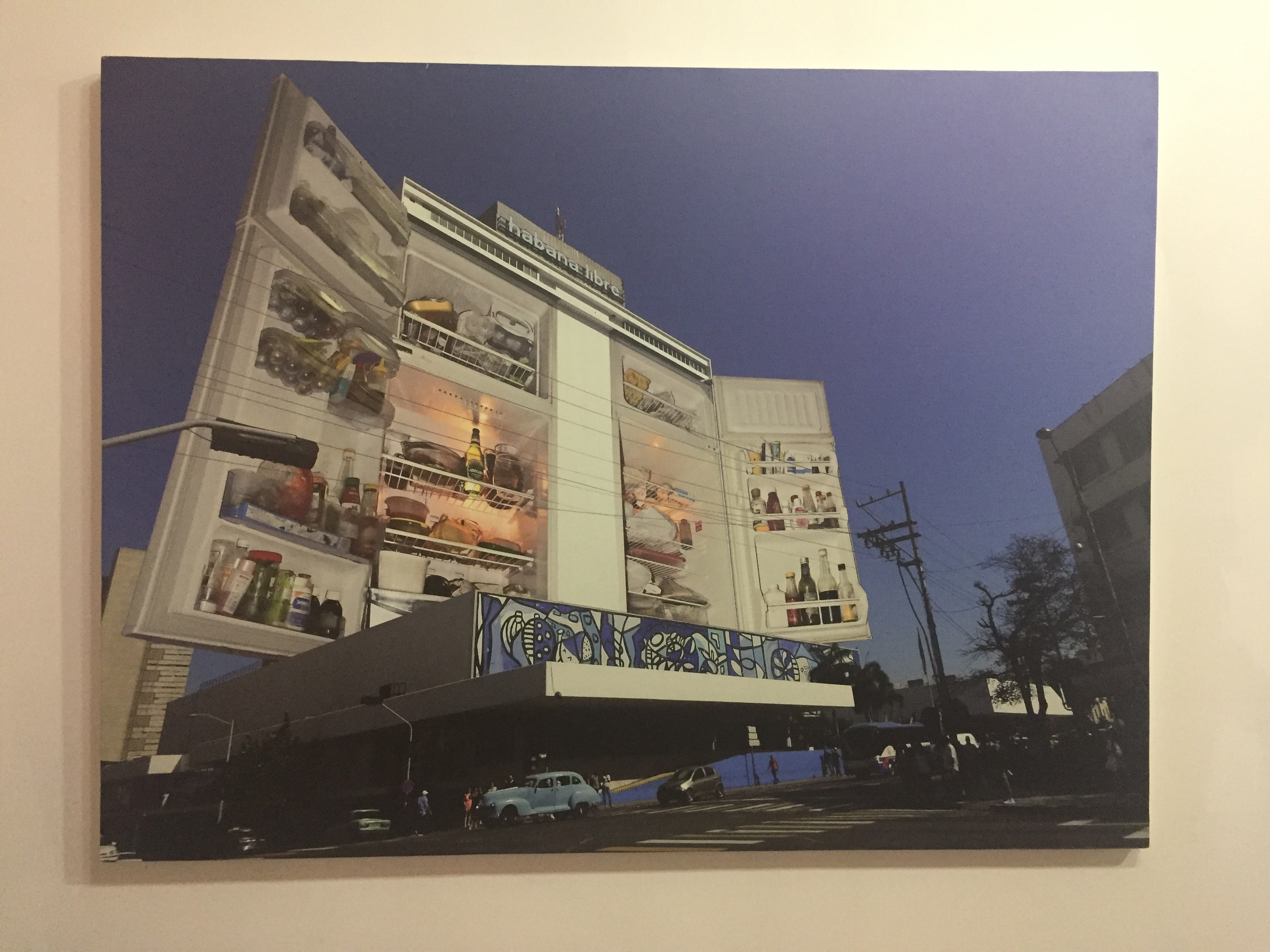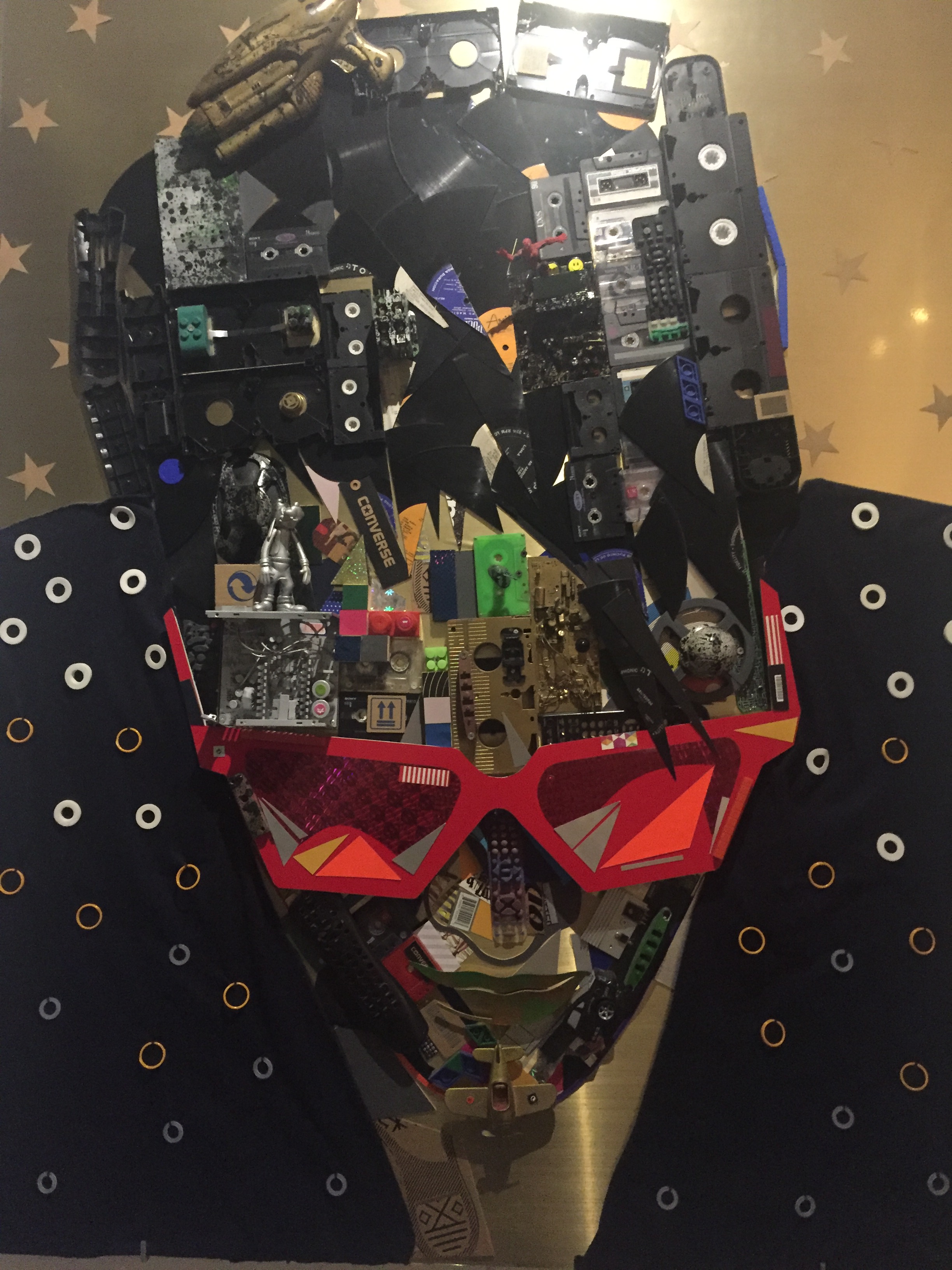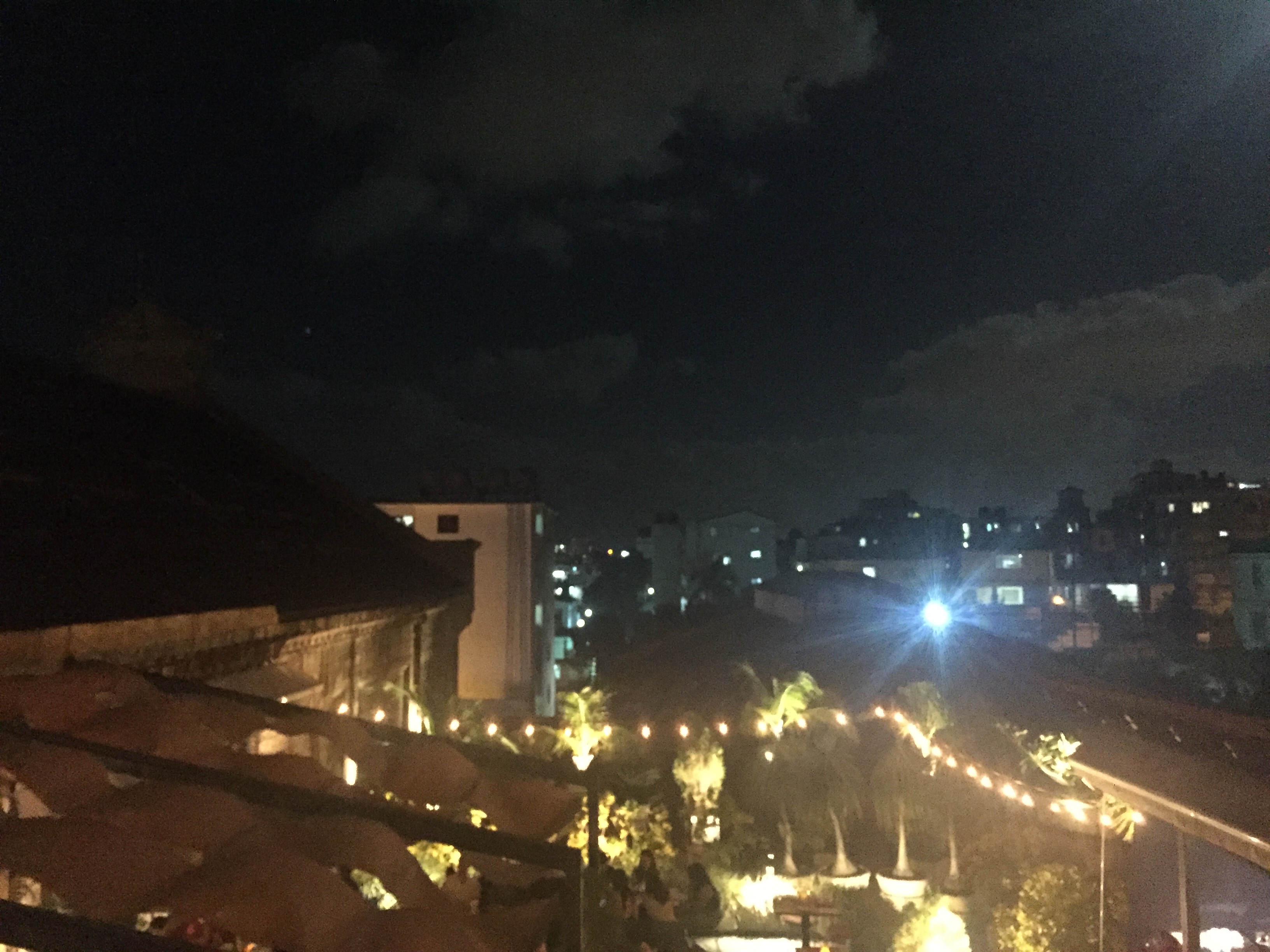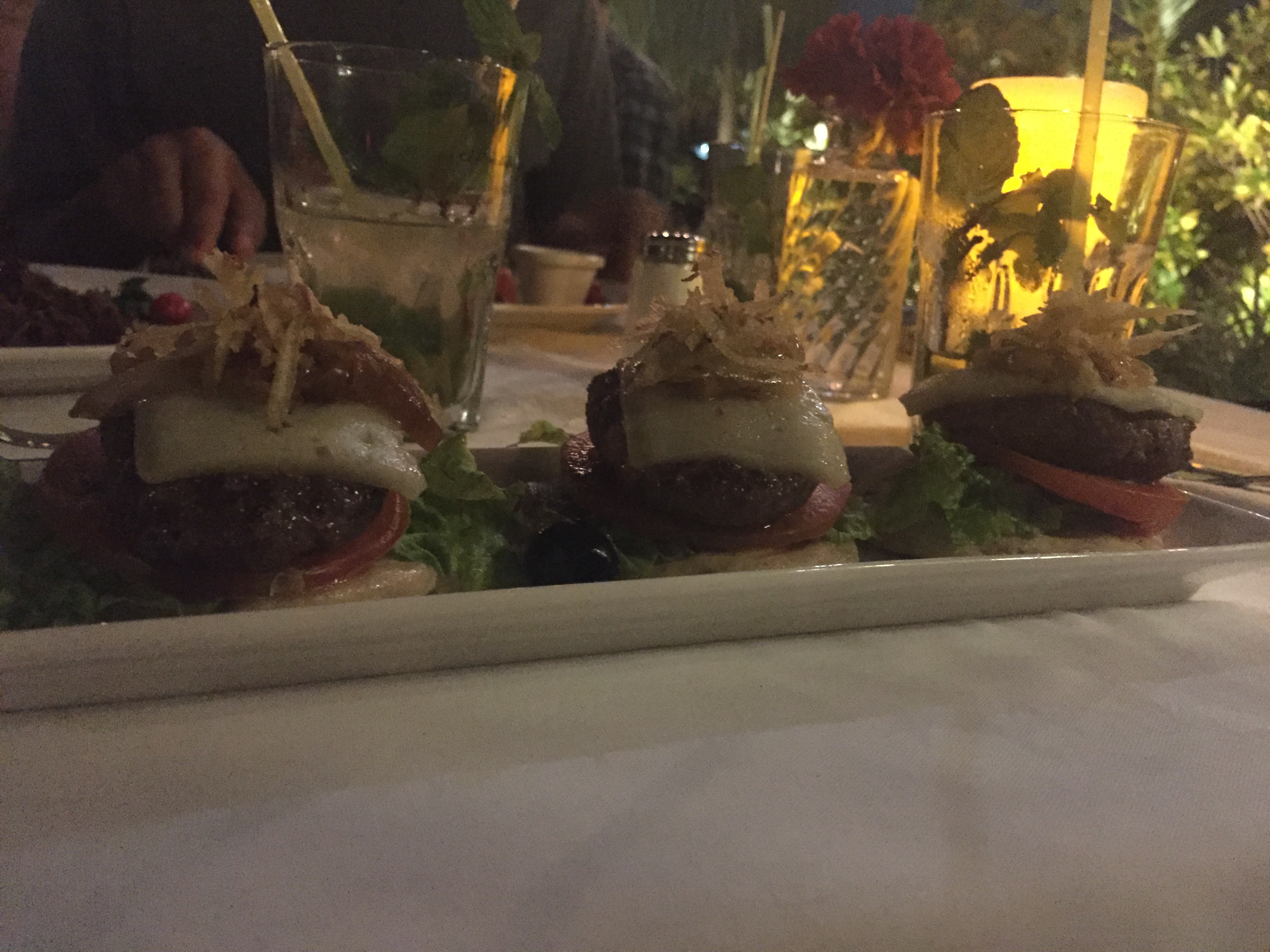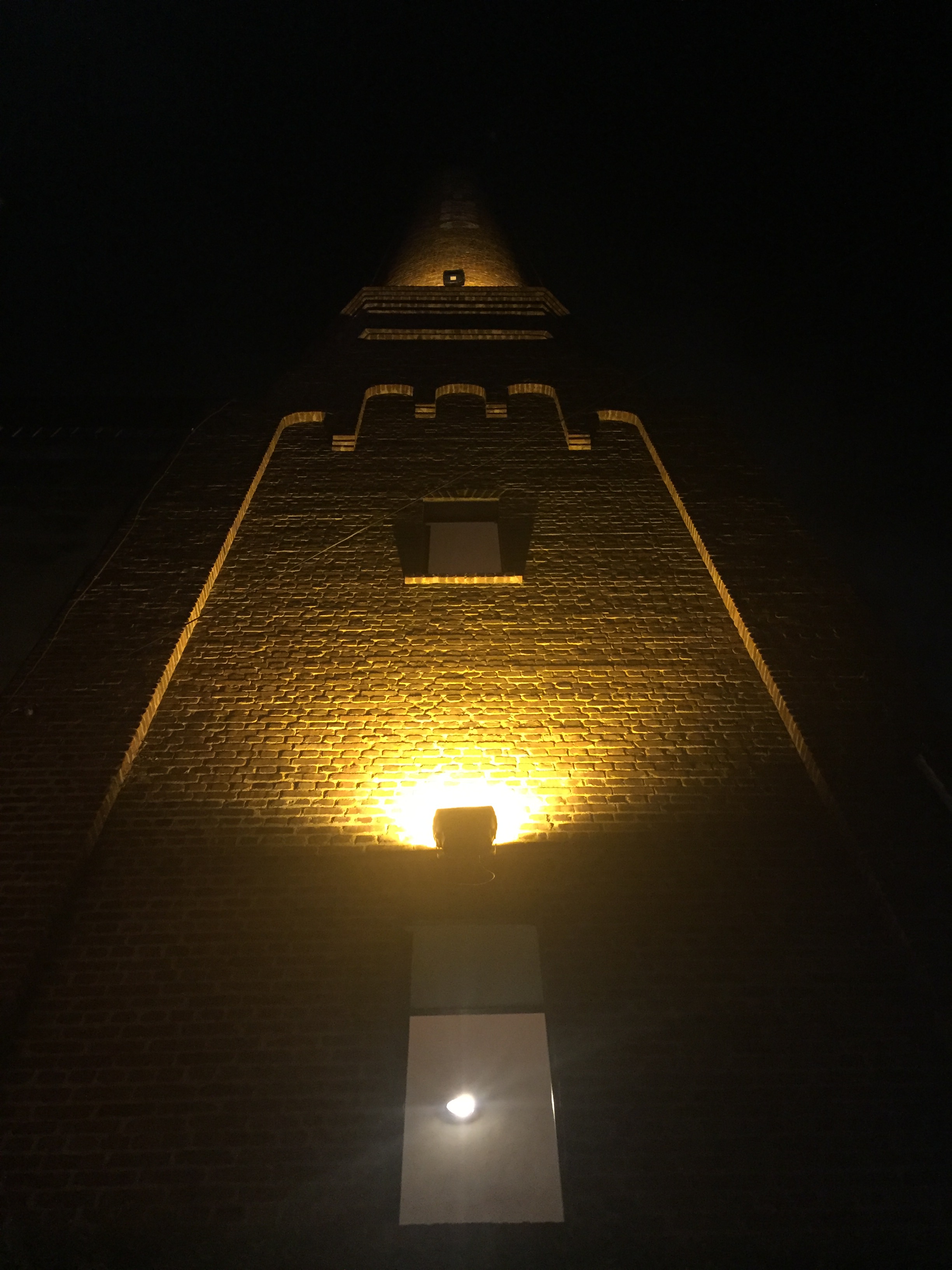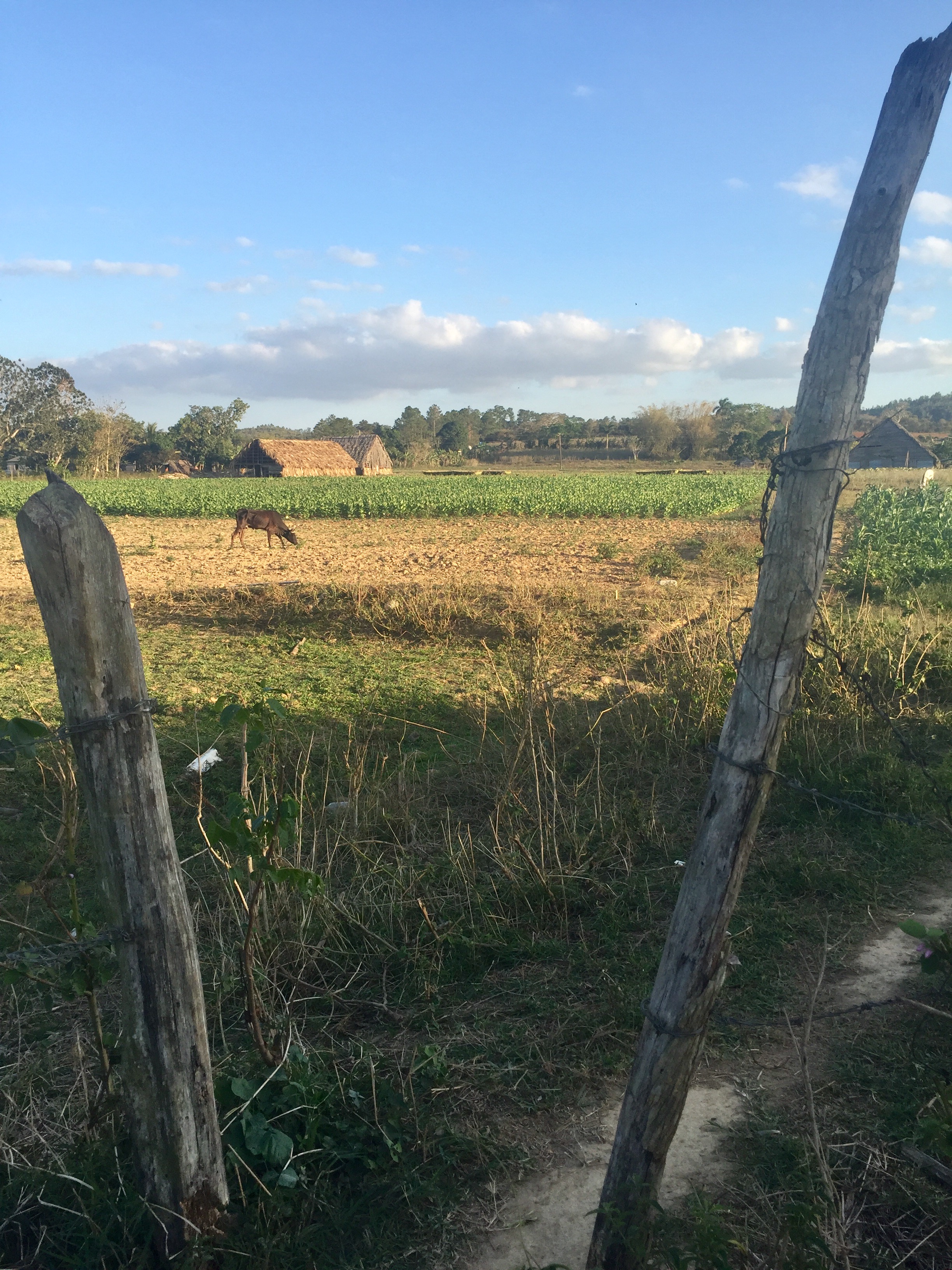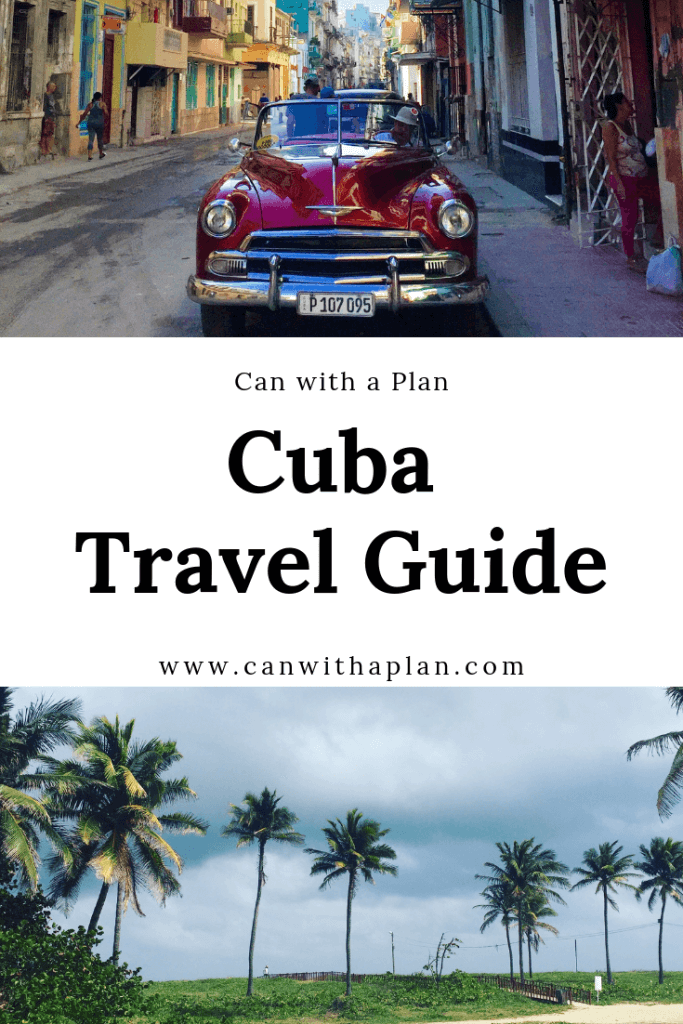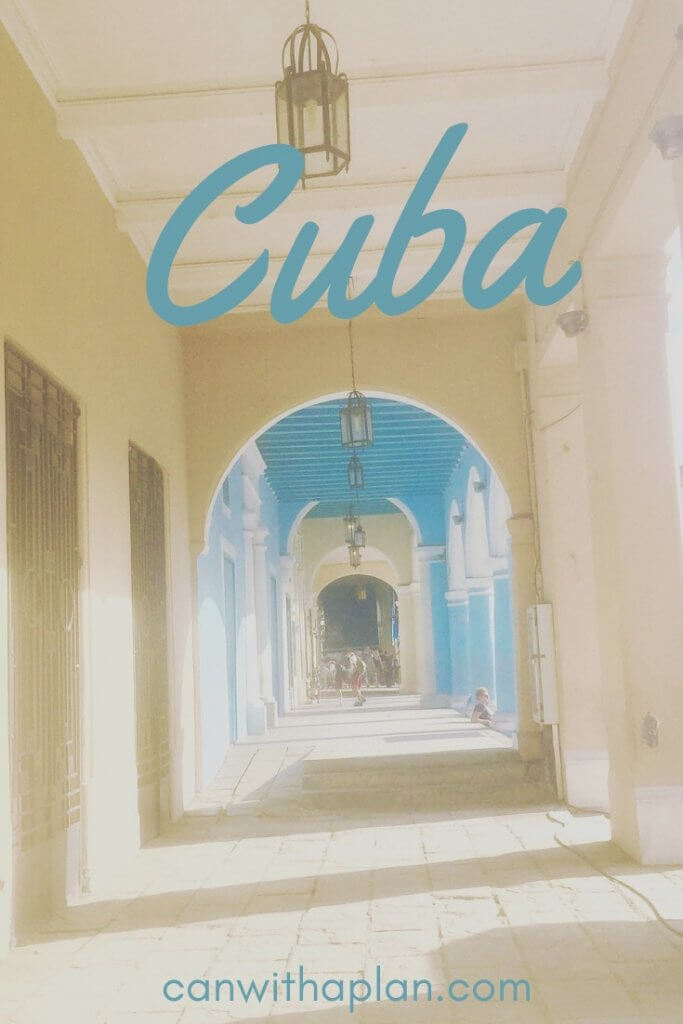In 2017, I went to Cuba for my February winter escape. Visiting Cuba is truly a unique experience and feels like stepping into the past.
Getting There
Yes, Americans can still travel to Cuba. There seems to be a lot of confusion about this and the number of visitors from the U.S. has dropped precipitously over the past year. While travel for tourism is prohibited, there are 12 categories of authorized travel. Direct flights from New York are cheap and you can fly to Havana in less than three hours. A Tourist Card is required to enter the country and can be purchased from your airline.
Currency
American credit and debit cards do not work in Cuba, so you should bring cash to convert upon arrival. Cuba has two currencies, the Cuban Peso (CUP) for locals and the Cuban Universal Currency (CUC) for foreign visitors. USD converts 1:1 to CUC; however, there is a 3% exchange fee and an additional 10% penalty on USD. One CUC is equal to 25 CUP and most businesses will list prices in both currencies. Some street vendors only accept CUP so you may want to exchange a few CUC for CUP. If you should run out of cash during your visit, there are Western Union locations where you can transfer more funds.
Where to Stay
One of the few ways that Cubans can earn money independent from the government is by renting out rooms in their homes to visitors. You can reserve one of these Casa Particulares in advance through Airbnb or just show up and look for a blue and white symbol above the door indicating that the home has a room for rent and knock on the door. Although the buildings are a bit run-down with crumbling exteriors and faded remnants of once-vibrant paint, the casa where I stayed in Central Havana was clean and tidy, and the hosts were very friendly and welcoming despite the language barrier. Staying in a home is a great way to support the Cuban people and get a real sense of what life is like for them. If you want modern amenities and are willing to spend more, there are also many hotel options.



Food and Drink
If you want to eat good Cuban food, do not go to Cuba. Most meals consist of an overcooked meat, seasonless rice and black beans, tomato and cucumber salad, and fried plantain chips that have had every last bit of flavor drained out of them. It seems that those who fled the country after the revolution took all of the culinary skills with them. Cubans are permitted to operate a paladar, or private restaurant, out of their homes. These restaurants are slightly cheaper than the public ones, but offer similar menus.

On the bright side, you can eat and drink very cheaply in Cuba. The best food that I had (churros from a street vendor and a cheese pizza from a paladar) cost less than 1 CUC. While the food options are limited, rum is abundant and you can enjoy mojitos and Cuba libres for 2 or 3 CUC.


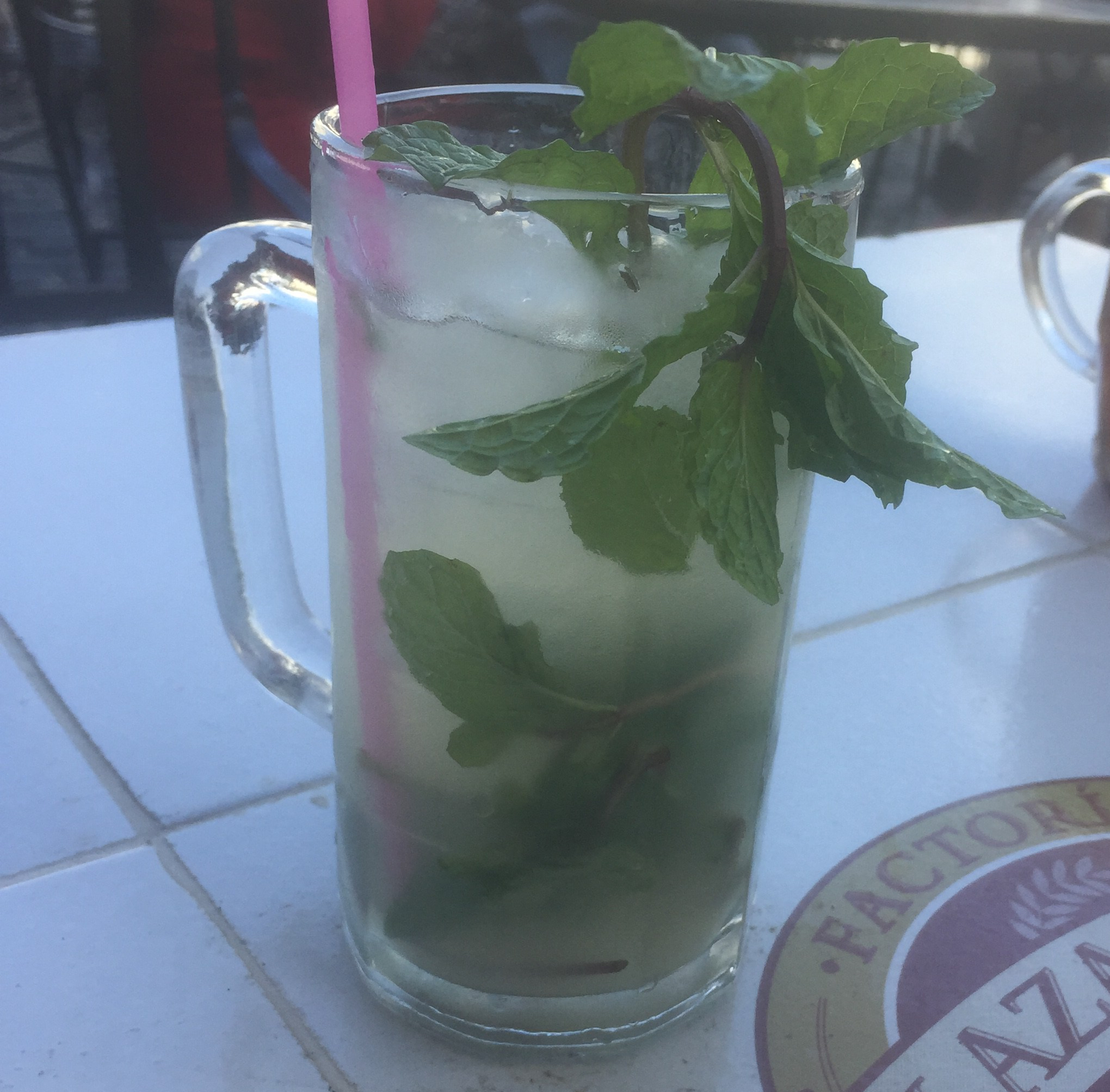
Havana
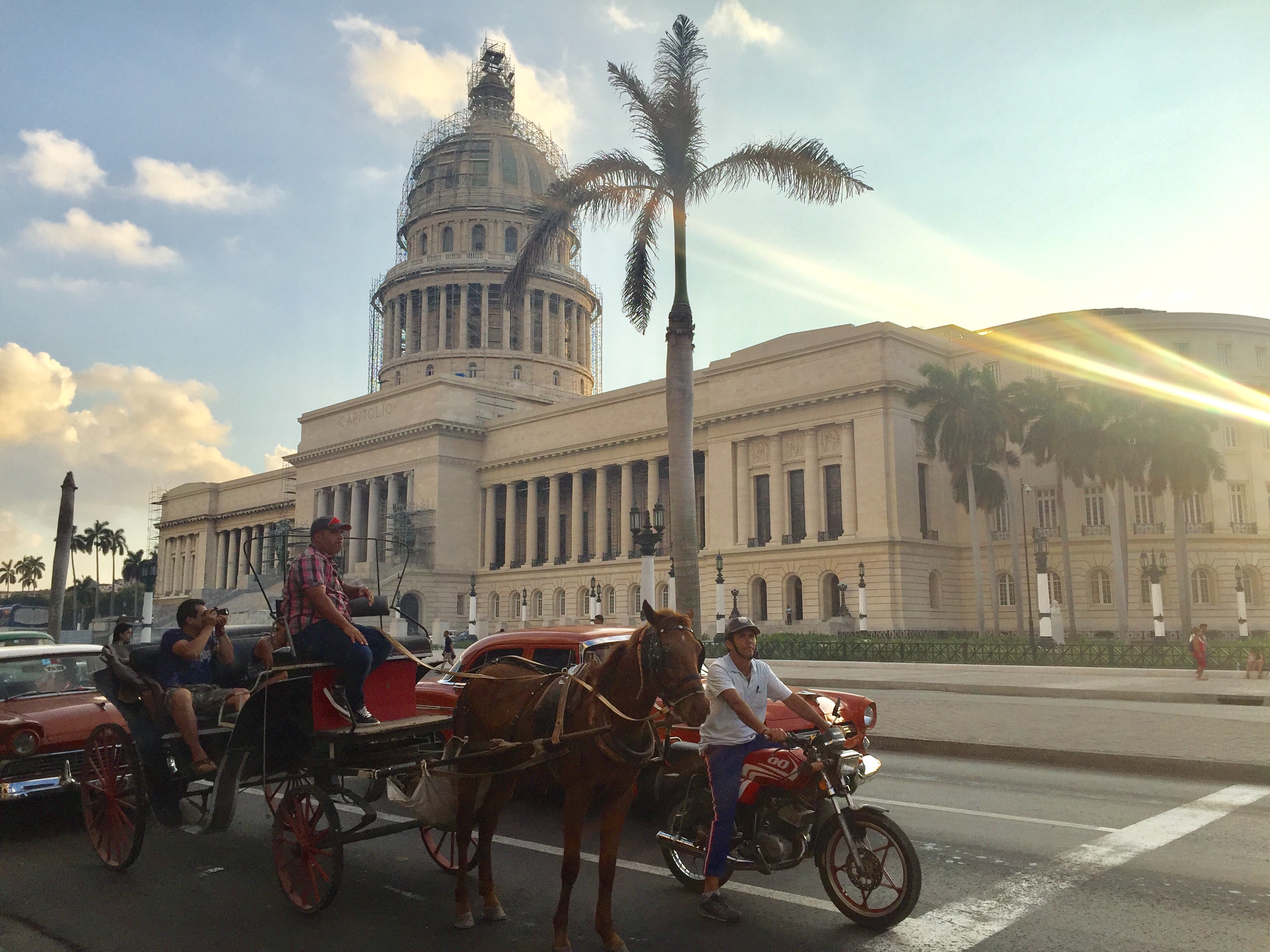
Havana is just as charming as you would imagine. With so many things to see, it’s helpful to take double decker bus or car tour around the city when you first arrive to get a feel for the layout and ensure you don’t miss out on any main attractions. There are many beaches just a short drive east of the city that are open to the public. It’s also nice to take a walk along the Malecón at the water’s edge of the city and sit on the seawall to watch the sunset, as many locals do. At night, visit one of the many salsa clubs where you can watch performances and take dancing lessons.
Old Havana
Old Havana is the busiest part of the city where you will find most of the shops, restaurants, public plazas, street performers, and museums. The architecture in this part of the city has been well-preserved due to the influx of money from tourism.

El Cristo de la Habana
Just across the harbor from Old Havana, the marble statue of Jesus, El Cristo de la Habana, stands looking out over the city (locals say the statue appears to be holding a cigar in the right hand and a mojito in the left). You can reach the statue by taking a rickety ferry boat across the harbor to the ward of Casablanca and then hiking to the top of the hill which also affords panoramic views of the city.

Colon Cemetery
Colon Cemetery, founded in 1876, is filled with elaborate monuments, tombs, and statues carved out of marble, granite, and stone.


Che Guevara
The revolution left its mark on the city and you will see memorials and images of Che Guevara everywhere.
Fusterlandia
Fusterlandia is a neighborhood about 20 minutes outside the city center that is definitely worth a visit. After he was inspired by the work of Gaudi he had seen on a trip to Barcelona, local artist Jose Fuster began covering his studio in colorful mosaic. After he finished, he asked his neighbors if he could decorate their homes as well and gradually transformed the entire neighborhood over the next several years.
Hemingway
Ernest Hemingway lived in Cuba on and off for over 30 years and you can still visit some of his favorite spots in and around Havana:
- Finca Vigia – Hemingway’s home just outside Havana that is now a museum
- La Bodeguita – mojitos
- El Floridita – daiquiris
- Cojimar – fishing village east of Havana where Hemingway docked his boat

Fabrica de Arte Cubano
The Fabrica de Arte Cubano, opened in 2014, is a sign that Cuba has started opening up to the outside world. This industrial space that formerly housed an olive oil factory has been converted into a trendy multi-level contemporary art gallery, restaurant, and night club that feels more like Brooklyn than Havana.
Getting Around
There are many taxis and classic convertibles in Havana lined up near the Capitol ready to give rides to tourists. If you want to leave Havana and visit other parts of the island, you can go to the Viazul bus station. The buses are usually already full, but there will be many other travelers going in the same direction as you and you can negotiate a shared fare for a taxi colectivo, which is a good way to save money and meet other interesting travelers.

Vinales Valley
To get a taste of rural life in Cuba, you should visit Vinales Valley about two hours west of Havana. There are endless fields of tobacco growing out of the mineral-rich red soil surrounded by palm trees. You can explore the landscape by horseback and learn how to roll a real Cuban cigar.










Like this post? Pin it!
